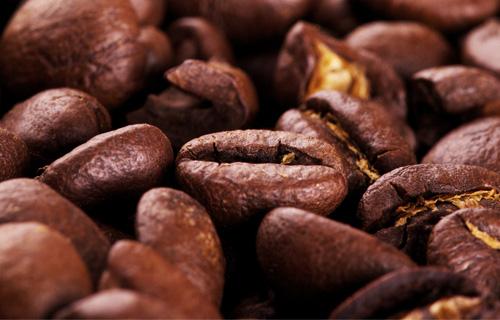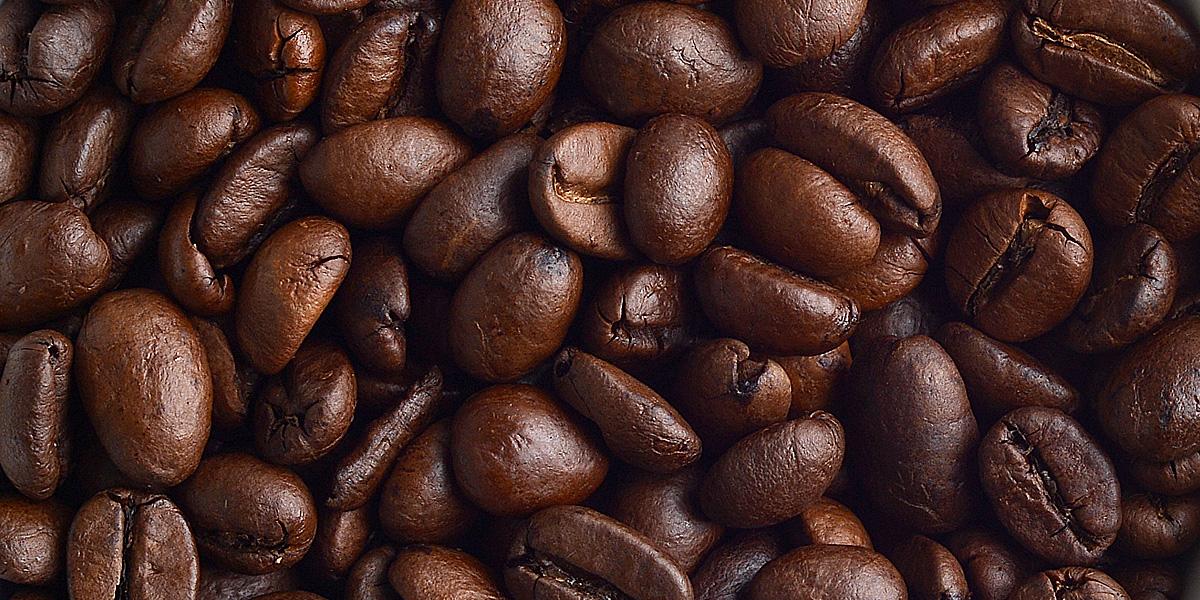Guatemalan coffee bean flavor, how much is Guatemalan coffee?
Follow the caf é (Wechat official account vdailycom) and found that Beautiful Cafe opened a small shop of its own.
Guatemalan coffee bean flavor
The Republic of Guatemala, located in the center of North and South America, has a land area of about 108899 square kilometers, of which mountain forests account for 2/3 of the country's area and are rich in high-quality coffee beans.

Guatemalan coffee beans are famous for their elegant, sour, clean, well-structured, sour apple, berry, jasmine, orange peel, green pepper, sweet and sour fruit, sweet chocolate, and even smoky aftertaste. Such a rich regional flavor can be attributed to the unique natural conditions of the producing area, including different climate changes in each region, rich soil formed by volcanoes, abundant natural water resources, high-altitude mountains and shady and moist forests.
Guatemala Antigua coffee flavor characteristics: rich, rich taste, with tobacco flavor. The palate is soft and smooth, with a slightly charcoal-burning flavor in the mellow, as if the sweetness of chocolate is mixed with smoke. Because of this unique charcoal incense, Antigua coffee is also known as "cigarette coffee".
How much is Guatemalan coffee?
The coffee industry, which once boomed the country, still dominates the national economy. Unfortunately, the domestic political situation is not good for coffee growers. High output is usually a sign of a country's overall economic prosperity. However, coffee production in Guatemala has declined relatively, at 700kg per hectare, while that in El Salvador is 900kg per hectare and that in Costa Rica is even more astonishing, at 1700 kg per hectare. The export of Guatemalan coffee is controlled by private companies, but the National Coffee Council (Asociacion Nacional de Cafe) controls other sectors of the coffee industry. At present, some of the best quality coffee from Guatemala is exported to Japan, where each cup of coffee sells for $3Mu4.
Most small-scale producers are descendants of the Mayan, who like to be called locals. Currently, they are also benefiting from a U.S.-funded project, known locally as The Project, which plans to invest $2.5 million to encourage the opening of small, high-quality coffee plantations. The main areas rich in high-quality coffee in Guatemala are Lake Attilan (Lake Atitlan) and Huehuentenango. The purpose of the project is to help overcome the vicious cycle of high yield and low quality that afflicts the world coffee industry. For example, Bourbon trees grow taller and produce fewer beans than the new dwarf trees, and although they all belong to Arabica coffee varieties, bourbon trees produce better beans and are more popular with gourmets. The project also hopes to encourage local producers to process their own coffee beans, as most coffee fruits are now sold to middlemen, and if coffee processing can be done in local factories, its value and even quality may be improved.
Important Notice :
前街咖啡 FrontStreet Coffee has moved to new addredd:
FrontStreet Coffee Address: 315,Donghua East Road,GuangZhou
Tel:020 38364473
- Prev

Guatemalan Coffee Garden: introduction of Guatemalan Coffee Incht Manor
Following Kaiping (official Wechat account vdailycom) found that the Cafe Beautiful Cafe opened a small shop of its own, Incht Manor, covering an area of 750ha, of which 400ha is located at an altitude of 1500-2000 meters. The remaining 350 hectares are virgin forest conservation areas, which provide a solid guarantee for the farm's special microclimate, rich soil and plenty of clean spring water. In addition
- Next

How to make Guatemalan coffee and the flavor characteristics of Guatemalan coffee
Follow the comments (Wechat official account vdailycom) and found that the beautiful cafe opened a small shop of its own how to make Guatemalan coffee. Warm the cup. Everyone knows that the tannins in the coffee do not work as expected, making the coffee very sour, so we should pour hot water into the coffee cup before we start brewing the coffee. two。 Grind beans. The thickness of hand-brewed coffee should also be based on the coffee.
Related
- Detailed explanation of Jadeite planting Land in Panamanian Jadeite Manor introduction to the grading system of Jadeite competitive bidding, Red bid, Green bid and Rose Summer
- Story of Coffee planting in Brenka region of Costa Rica Stonehenge Manor anaerobic heavy honey treatment of flavor mouth
- What's on the barrel of Blue Mountain Coffee beans?
- Can American coffee also pull flowers? How to use hot American style to pull out a good-looking pattern?
- Can you make a cold extract with coffee beans? What is the right proportion for cold-extracted coffee formula?
- Indonesian PWN Gold Mandrine Coffee Origin Features Flavor How to Chong? Mandolin coffee is American.
- A brief introduction to the flavor characteristics of Brazilian yellow bourbon coffee beans
- What is the effect of different water quality on the flavor of cold-extracted coffee? What kind of water is best for brewing coffee?
- Why do you think of Rose Summer whenever you mention Panamanian coffee?
- Introduction to the characteristics of authentic blue mountain coffee bean producing areas? What is the CIB Coffee Authority in Jamaica?

